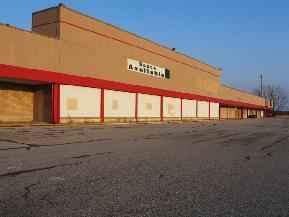 Thorpe points out that it’s not uncommon to see job growth and absorption levels decelerate as the economy nears full employment.
Thorpe points out that it’s not uncommon to see job growth and absorption levels decelerate as the economy nears full employment.
NEW YORK CITY—US office tenants are taking a breather to respond to global economic uncertainty, and the result has been a slowdown in leasing activity over the first half of the year, says Cushman & Wakefield. However, in about three-quarters of the 87 metro areas that the firm tracks, absorption has remained positive, and asking rents continue to rise.
“US businesses have had many curveballs thrown at them this year: concerns over the health of China’s economy, equity market volatility, weak US GDP growth, now Brexit—many reasons to at least tap the brakes on expansion plans,” says Kevin Thorpe, chief economist with Cushman & Wakefield. “Moreover, at this maturing stage in the cycle, it is not uncommon to see job growth and absorption levels decelerate as the economy nears full employment. But overall, the office leasing fundamentals are holding up extremely well, and the secondary markets are really starting to hit their stride.”
Net absorption was off 36% year-over-year for the second quarter, and off 34% for the first six months of 2016. However, tenant demand is keeping pace with new construction, which totaled 13 million square feet during Q2: the vacancy rate of 13.4% was unchanged from the prior quarter.
“Outside of a handful of markets, the construction cycle continues to lag job creation,” says Kenneth McCarthy, principal economist and applied research lead at Cushman & Wakefield. “The upshot is that, nationally, the threat of overbuilding at this stage in the cycle is minimal. The downside is that many markets badly need the new space to relieve some of the pressure on rents.”
Nationwide, vacancies have declined by 50 basis points over the past year and 400 bps from the mid-2010 peak. Sixty-five of the markets tracked by Cushman & Wakefield experienced positive absorption during Q2.
The story was similar for asking rents during the quarter. They rose in 67 markets, declined in 19 and held steady in one. On a nationwide basis, they were up 5.8% Y-O-Y to $29 per square foot as Q2 ended.

















 Copyright © 2024 ALM Global, LLC. All Rights Reserved.
Copyright © 2024 ALM Global, LLC. All Rights Reserved.